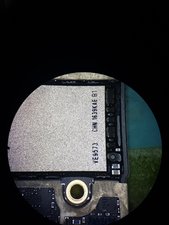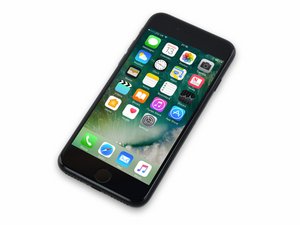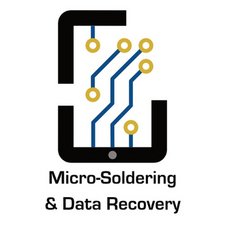Bootloop after tristar replacement
a customer came in with iphone 7 that wasnt charging. tried new battery and charge port, wasnt charging. so with the battery disconnected i plugged in charger and no apple logo. confirmed tristar was at fault, and proceeded to replace it with 1610a3b (the exact tristar model of iphone 7) after the replacement the phone was charging but only while it was powered down. so i though maby it was a bad chip placement and proceeded to remove and reball the chip i just put on. after that i reinstalled it and it was doing the same thing, only charging while it was off. so then i replaced tristar again this time with 1610a3 which as far as i know is fully compatible to substitute for the original. after that replacement the phone is charging at 1amp but is stuck in bootloop. i made sure i shielded the nand very well(quarter and nickle stacked on top) and there were no other underfilled chips near it, nor are there any chips directly on the opposite side of the board...ive done tristar replacements on older models at least 50+ times...so i dont feel like i did anything wrong. the only thing ive done so far is inspect around the nand area for any oozing solder balls and there are none then i compared tristar lines and nand power rails to known good board and all seems well...now im stuck, any insight would be greatly appreciated.
p.s. i tried to update the phone and get error 4013 and fails at 19% in 3u tools. the only thing i can think of is that the board may have flexed a bit at the audio ic/ bb pmu fault line and is causing this.
Hard to get a good close clear pic... But here's around the nand and TriStar itself after 2nd replacement.


Update (06/13/2018)
i have found the issue, the bb cpu is internally shorted on PP_1V0_SMPS5 unfortunately there is no way to fix as far as i know.
Questa è una buona domanda?

 6
6  6
6  1
1 